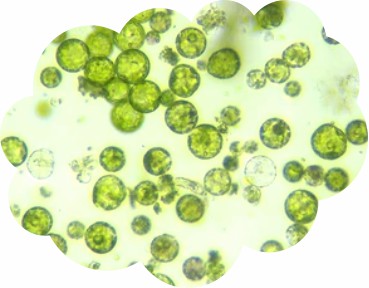Bryophytes, comprising mosses, liverworts, and hornworts, are a diverse group of non-vascular plants that play significant roles in terrestrial ecosystems. Understanding and manipulating their genetic makeup is crucial for various scientific and practical applications.

Lifeasible has many years of research experience in plant transformation. Relying on our advanced technology platform and experienced research team, we aim to provide effective solutions for selecting bryophyte transformation methods. We continue to deepen our research on bryophyte transformation methods and help scientists to select the most appropriate transformation method based on the client's research goals.

Lifeasible has extensive service experience in the selection of bryophyte transformation methods. By carefully considering the strengths and limitations of each method when studying bryophytes, we ultimately choose the transformation method that best suits our clients' research goals. The selection of bryophyte transformation methods we offer exceptionally enhances the researcher's understanding of the biology of bryophytes and capitalizes on their potential for various biotechnological applications. If you are interested in us, please feel free to contact us.
Lifeasible has established a one-stop service platform for plants. In addition to obtaining customized solutions for plant genetic engineering, customers can also conduct follow-up analysis and research on plants through our analysis platform. The analytical services we provide include but are not limited to the following:
Why Do Plants Blush When They Are Hungry?
April 26, 2024
STU-CRISPR System Improves Plant Genome Editing Efficiency
April 19, 2024